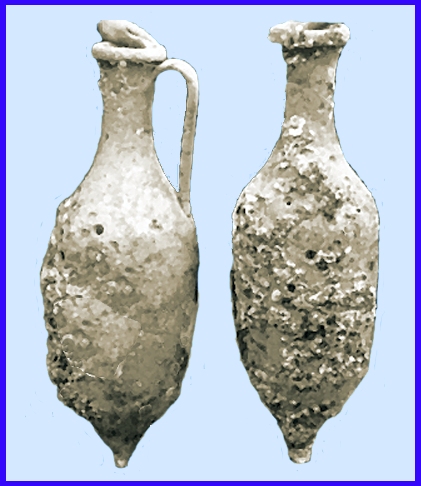Yup, some unusual stuff out there.

Posted on 03/27/2004 3:57:44 PM PST by blam
Nelson's great love found at the bottom of the ocean
ADMIRAL Horatio Nelson’s favourite ship, on which he is said to have seduced Lady Hamilton and lost an eye in battle, has been found off the coast of Uruguay.
International treasure-divers said yesterday that they had found HMS Agamemnon, a 64-gun vessel which was the pride of Britain’s naval fleet when it went down in 1809.
Plans are now being made to lift the ship from its watery grave following the multi-million-pound deep-sea exploration.
Uruguayan millionaire Hector Bado, the operation’s backer, hailed the find as "akin to finding the Holy Grail". He said: "This is one of the most important maritime finds in history."
Treacherous shifting sands and dangerous currents separating Uruguay and Brazil have conspired to hide the wreck. But the team - who have scoured the seabed for ten years after finding a single cannon verified as being from the Agamemnon - have now found her final resting place.
The team, working from American explorer Crayton Fenn’s recovery ship The Surveyor, have now found two more cannons.
Agamemnon fought in the battle of Trafalgar in 1805 and sailed the globe, wreaking havoc off every continent for more than 20 years. Nelson loved the responsive vessel, built by master shipbuilder Henry Adams in Buckler’s Hard, near Beaulieu in the New Forest in 1777.
He met Lady Hamilton in Naples while serving as captain and wooed her on board the vessel he commanded between 1793 and 1796. But it was on board the Agamemnon that he lost the sight of his right eye during the siege of Calvi in 1794.
The ship proved vital not only at Trafalgar, but at the battles of Saintes and Copenhagen. Later it led the British in the battle of Santa Domingo in South American waters before being wrecked in 1809 near Gorriti Island in Maldonado Bay.
Divers risked their lives to raise one cannon from the depths last week. It will take five years to prove conclusively the provenance of this cannon because it has to be taken to a specialist laboratory for expert cleaning and preservation.
It has the date 1787 stamped on it, and the letters AB. They are clues that the maritime detectives will follow up.
Hector Bado turned his back on his family’s multi-million-dollar fishing business for his love of wrecks. He made finding Agamemnon’s final resting place his life’s work after discovering a single cannon in 1999.
Mr Bado said: "Britain has a proud naval history, and you led the world in maritime exploration and dominance.
"The Agamemnon is unique; it is so important in the story of the developing world."
Undersea treasures
PLANS to protect "unique and irreplaceable" shipwrecks and archaeological sites off Britain’s coasts were unveiled yesterday.
Proposals published by the government include clarifying the "complex and unclear" rules surrounding the discovery and ownership of finds beneath the sea.
The plans were launched at the Maritime Museum in Ramsgate, Kent, where a number of unusual discoveries were going on display.
Among the items are a rare Rupertino gun and carriage, designed in 1690 by King Charles I’s nephew Prince Rupert, salvaged from the wreck of the 180ft man o’war Stirling Castle, which sank on the Goodwin Sands in the Great Storm of 1703 and which is now disintegrating.
Angus Howarth Saturday, 27th March 2004 The Scotsman
Yup, some unusual stuff out there.

Freekin' 1809! GAD-ZOOKS! This is incredible! Such a small planet and such a LOT to find!


Horatio Nelson
If the rules can be clarified, that would probably be a good thing, but unfortunately the ethical questions involved with archaeological finds often make it hard to formulate good rules.
Fundamentally, the problem is that archaeologists should profit from their work to the extent that it benefits others. Unfortunately, quantifying such benefits is often difficult. Overvaluing discoveries will result in someone (likely the government) having to pay more than they're worth; undervaluing them will cause archaeologists who might have been interested in exploring them to instead look elsewhere.
Combine these ethical/economic issues with the difficulty of policing many archaeological sites (including undiscovered ones) and the whole matter gets intractably complicated.
Disclaimer: Opinions posted on Free Republic are those of the individual posters and do not necessarily represent the opinion of Free Republic or its management. All materials posted herein are protected by copyright law and the exemption for fair use of copyrighted works.